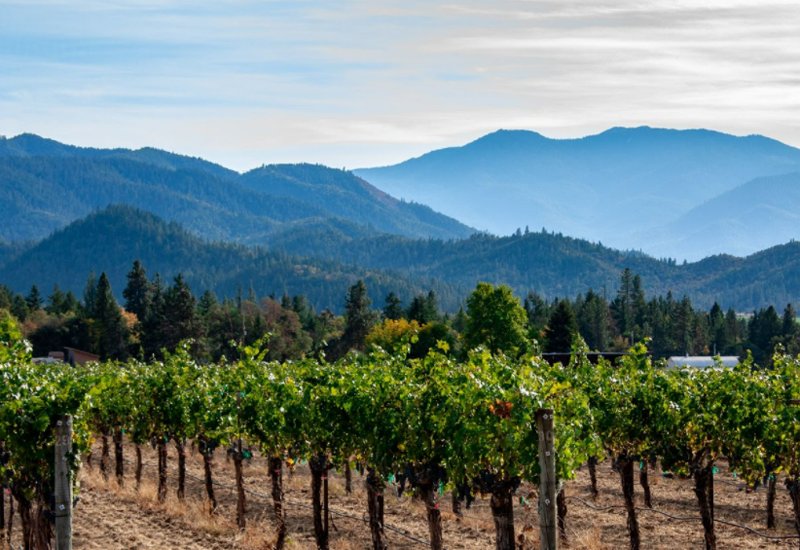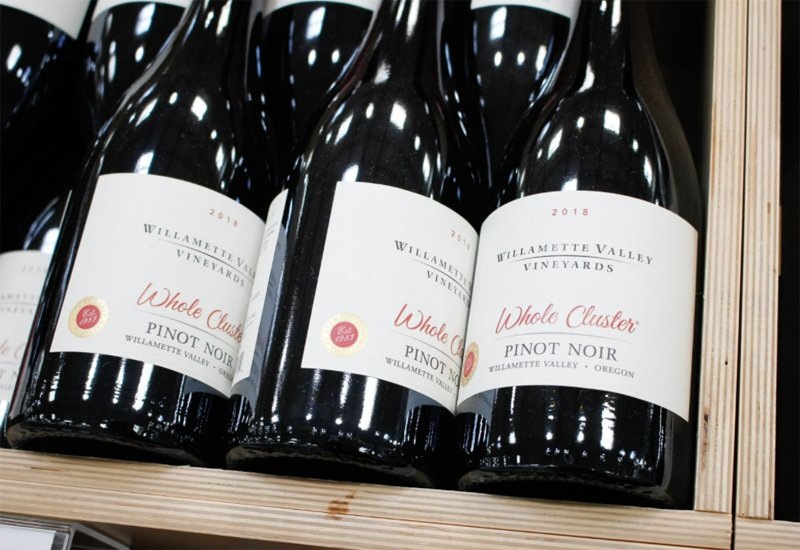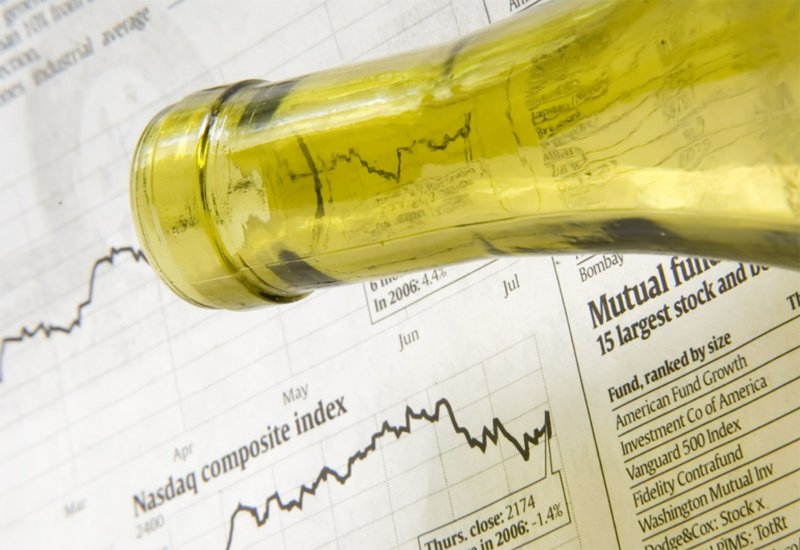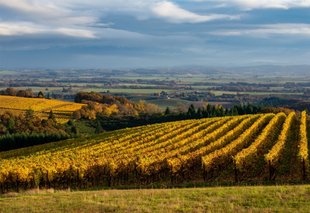Oregon: A Wine Growing Paradise
Further reading
When we talk about wine in the United States, we typically think of California. Napa Valley, with its beautiful location and long history as the home of wine production in America, is the go to image in our minds. What we often forget about is the remarkable terroir and potential of its northern neighbor, Oregon.
The state is an outdoorsman’s paradise. You have breathtaking coastal scenery, acres upon acres of forest, breathtaking mountains, and for those that prefer a more relaxed approach, some incredible wine country. At Vinovest, we’re interested in its investment potential.
A Diversified Landscape
Taking us into the Pacific Northwest, the beautiful state of Oregon has seen a mounting number of vineyards, and international interest in the conducive nature of its land for winemaking.

The varying land and climate of Oregon’s Willamette Valley sets it up to be able to grow a myriad of differing grapes. A byproduct of the tectonic west coast, with all of its ancient volcanic activity and oceanic rise and fall, Oregon has volcanic soils, with ancient oceanic sediment.
Who would have thought that a Pacific tectonic plate violently sliding under the North American plate, with some wildly violent volcanoes added in along the way, would set the stage for prime wine country millions of years later?
Mountain ranges help to create stable, warmer weather in some areas, while other areas experience the cooling effect of ocean winds from the Pacific Ocean. All of these factors help create multiple microclimates for different wines. A broad spectrum of Pinot Gris, Chardonnay, Riesling, Gamay, Melon and Aligote, Syrah, are all found here.
Of course, the main focus is on Pinot Noir.

A Pinot Noir Haven
Pinot Noir is a highly coveted grape. The most expensive wines in the world hail from Burgundy, France where virtually all of the wine produced is Pinot Noir. Because of Oregon’s ability to produce high quality Pinot, it is not surprising that the grape makes up more than half of the state's production.
Pinot Noir is also a notoriously fussy grape. It requires ideal conditions, and even then it can be a devil to grow. Every little thing impacts a vintage's outcome. Because of this, the varying soil types, and weather conditions within the Willamette Valley mean that Oregon is capable of producing a diverse offering of Pinot Noir; all offering their own unique attributes.
French dynasties were some of the first to take notice of Oregon. The Drouhin Family, which has had its roots in Burgundy for over 140 years, was one of the first to jump at the potential of Oregon back in 1987. Their Oregon Pinot’s receive strong praise, and set the tone for much of what has developed since.
More recently, The Bollinger Family of the infamous Champagne, bought out Ponzi Vineyards this year. One of its key grapes? You guessed it. Pinot Noir.
One of the limitations (and drivers of prices for Burgundy’s wines) is the small amount of real estate on which the grapes can be grown. Oregon’s larger supply of land creates a threat to French control of these highly desirable wines. The continuing moves from French winemakers to snatch up land in the region is possibly the biggest confirmation of what Oregon is capable of.
Are They Ready For Investment?
Short answer: We’re very close.
You’ll find Oregon wine’s from Antica Terra, Cameron, Domaine Drouhin and Lingua Franca trading on the secondary market, but they are still a lot more speculative compared to something from Bordeaux.

One of the advantages for the region is the lack of French Bureaucracy. There aren’t appellations and tier systems. If you make good wine, you make good wine.
Inherently, this is also a problem. The classifications of France aid in marketing fine wines, and bring attention to the truly spectacular producers. A grand cru status helps consumers and collectors gain a concept of what they’re dealing with. While Oregon Pinot Noir has been compared by some as the closest thing to Burgundy, it still doesn’t carry that prestige. The one thing that could tip the scales is simple economics.
Burgundy prices have seen incredible increases over the past decade. A bottle of DRC La Tache Grand Cru can run you nearly $6,000. While the affluent and wealthy have continued to buy it up, one has to consider the number of consumers that have been cut out of this area of the market.
Those buyers, collectors, and drinkers, are being forced to look elsewhere simply due to diminished purchasing power. Areas like Oregon have the opportunity to take advantage of that.
As the secondary market for wine expands, and more and more wines trade on exchanges, Oregon could provide opportunities for investors and collectors who don’t necessarily want to dish out $5,000 for a case of wine. If the quality and reputation of these vineyards continues to rise, these could also be sleeper picks for big gains.
Investing in wine stocks is another way to get involved in the region. At present, one of the best ways for wine investors to gain exposure to Oregon is through investing in one of its largest vineyards, Willamette Valley Vineyards (NYSE:WVVI). It is one of the few publicly traded vineyards in the country.
Want to try investing yourself? At Vinovest, we strive to help anyone invest in wine. We handle procurement, investment analysis, shipping and storage at our insured warehouse partners. You never even have to handle the bottes. It’s simple and easy.
For more information, check us out here.



